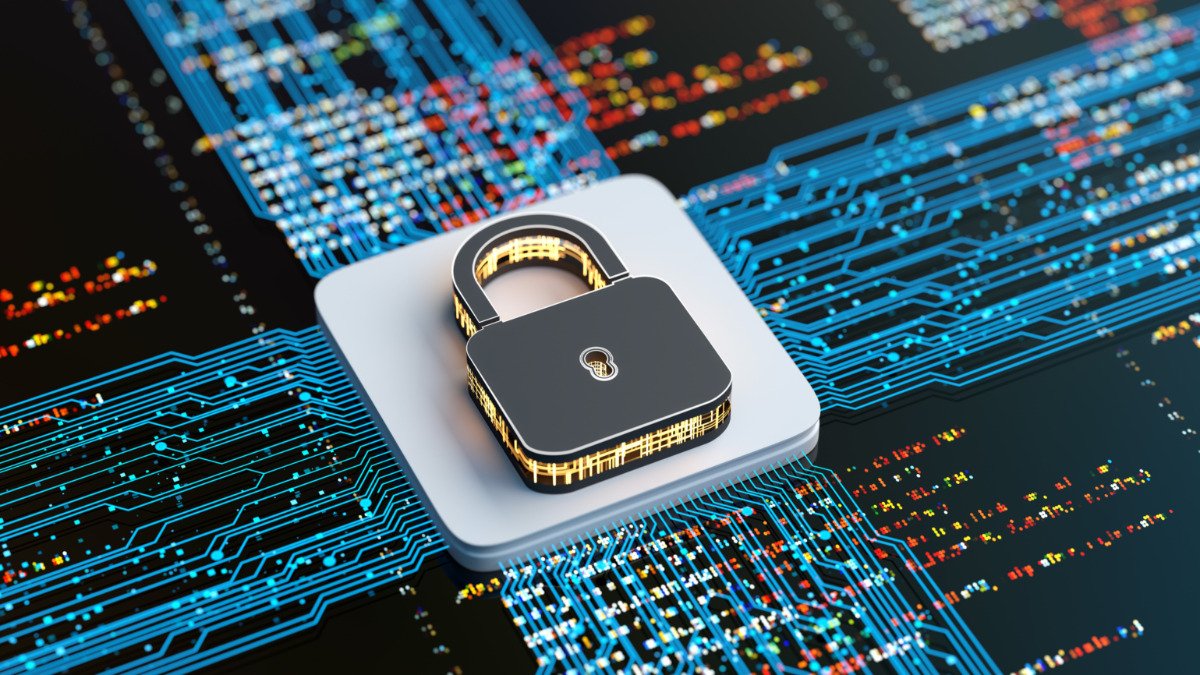Digital Asset Custody’s Evolution is a sign of industry growth to come

Crypto differs from traditional finance by allowing individuals to have direct control over
- Crypto differs from traditional finance by allowing individuals to have direct control over their assets
- Large investors and institutions face unique challenges with self-custody of digital assets due to complexity and security concerns.
- Kraken sees the expansion of custodial services as one of the keys to unlocking the next stage of adoption and growth
Special Report: What makes crypto different from traditional finance? While there are many answers, one important – and often overlooked – difference is a fundamental principle that underpins the entire decentralised finance movement. That is, the possibility for everyone to take control of their financial destiny.
The traditional system is built upon layers of permission. A person must request that their bank makes a transaction to a vendor on their behalf, and has the discretion to deny or limit transactions from taking place. Whereas with crypto, people and institutions have the ability to self-custody, and effectively own, their assets through a permissionless alternative financial system.
For some true believers in crypto asset technology, both self-custody and permissionless transacting are more important than price speculation, as they represent and advance real financial empowerment.
At Kraken, we have always championed the benefits of crypto asset technology and for its potential to revolutionise finance. Reminding everyone of the importance of custody, and to recognise custodial relationships with counterparties, is vital for financial systems to evolve and for crypto technology to be adopted by the mainstream.
For example, Kraken does custody some assets on behalf of clients who are trading on our platform. However, at the same time, we actively encourage all our clients to educate themselves on self-custodial best practices and the importance of controlling your own private keys from the moment they begin trading with us. If you are not the sole person who controls the private keys to access your crypto assets, then it can be removed from your possession at any point.
For this reason, ‘not your keys, not your crypto’ has become a popular phrase in the industry.
The challenge of custody for large investors and institutions
Often, as the scale of investment in digital assets increases, so does the complexity and risk associated with self-custody. As the adage goes, with great power comes great responsibility, and in the world of digital assets, this translates into a delicate balance between convenience and security.
A recent PwC and Aspen Digital report sheds light on this evolving landscape. It reveals a growing demand for institutional-grade digital asset custody solutions among family offices, high-net-worth individuals (HNWIs), and external asset managers (EAMs). These groups are increasingly recognising the limitations of self-custodial solutions, especially as their digital asset portfolios expand and the need for digital asset segregation and robust security measures becomes paramount.
Self-custody solutions, while offering complete control over digital assets, also require users to manage their own private keys. This can be a daunting task, particularly for those who are not familiar with the technology. As a result, many institutions are turning to third-party custody service providers, who offer specialised capabilities and expertise in securing digital assets.
We see this shift as an affirmation of the maturing crypto asset space. The growing preference for third-party custody solutions indicates a significant evolution in risk appetite and a desire for more sophisticated asset management tools. This is a positive development for the crypto asset industry, signalling a move towards more robust, secure, and professional investment practices being developed at the institutional level.
The role of the digital asset custodians themselves is also evolving. No longer limited to merely safeguarding crypto assets, custodians are now assisting investors in navigating emerging asset classes such as DeFi, NFTs, and the metaverse. This expanded role is a testament to the dynamic nature of the digital asset space and the need for custodial services that can keep pace with these rapid developments.
The future of securing your digital assets
At Kraken, we are committed to meeting these changing needs. We are continuously exploring and reviewing our role as a custodian, ensuring that we provide our clients with the security and convenience they need to confidently invest in the digital asset space. Above all else, when it comes to digital assets, security and domain expertise is key. It is something that new entrants to the space will need to prove they can do well, especially if they come from the TradFi space like HSBC and DZ Bank.
The increasing demand for institutional-grade digital asset custody solutions is a positive sign for the industry. It indicates a significant amount of demand being held up by high-net-worth client fears and the need for more sophisticated asset management tools to address these concerns.
The custody of digital assets has long been a concern – both at the individual investor and institutional end of town. The creation of solutions at the ‘top end of town’ that make it easier to access and remain confident in the custody of crypto assets at the institutional level might not initially seem that impactful.
But in an industry all too familiar with the impact of whales, if we as an industry can unlock this pent-up demand through better custody solutions, we can quickly drive the next wave of growth in the digital asset space.
This article was developed in collaboration with Kraken, a Stockhead advertiser at the time of publishing.
This article does not constitute financial product advice. You should consider obtaining independent advice before making any financial decisions.
Related Topics
UNLOCK INSIGHTS
Discover the untold stories of emerging ASX stocks.
Daily news and expert analysis, it's free to subscribe.
By proceeding, you confirm you understand that we handle personal information in accordance with our Privacy Policy.








